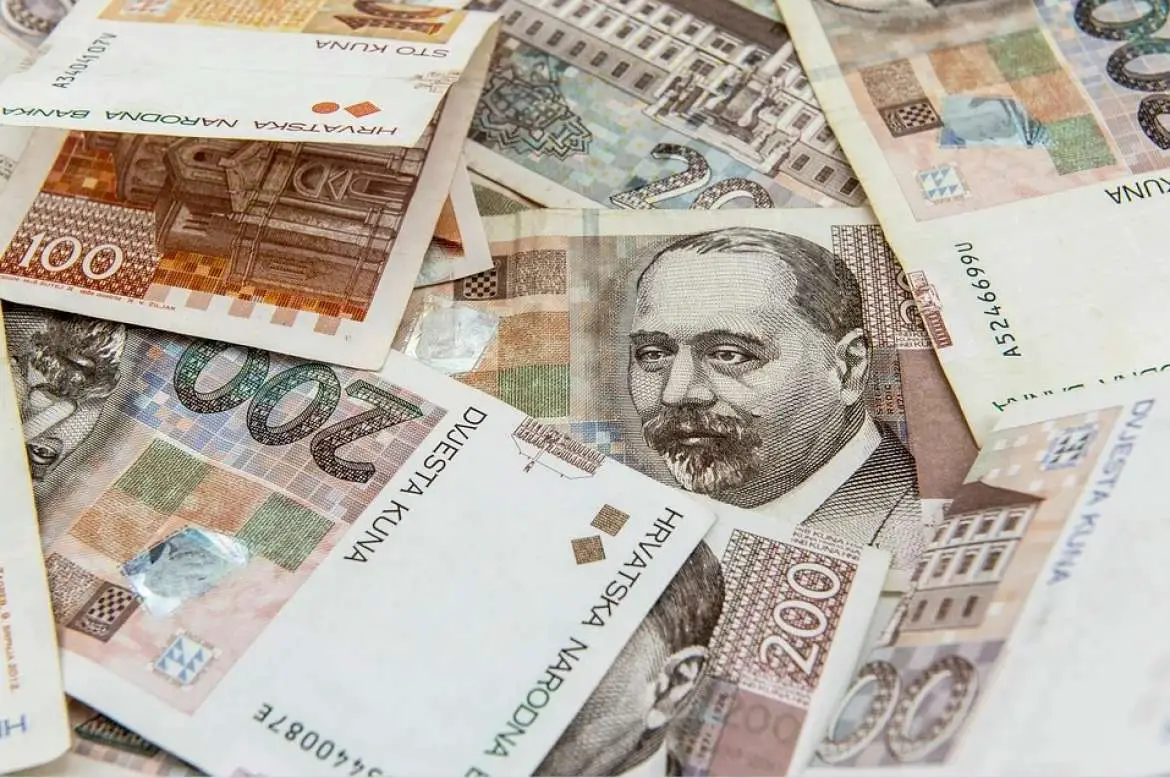
When talking about the economic consequences of the ongoing coronavirus pandemic, could Croatian banks be worse off when compared to other banks operating within the country’s immediate region?
As Tomislav Pili/Poslovni Dnevnik writes on the 15th of June, 2020, small and medium-sized companies in Central, Eastern and South-Eastern Europe (CESEE) will face much stricter criteria in terms of being granted loans from banks this year, is one of the main conclusions of a study by the European Investment Bank (EIB).
In addition, the share of non-performing loans will start growing again, for the very first time since back in 2015. According to the research conducted, banks in the CESEE region will face the worst business environment since the 2007 and 2008 financial crises due to the coronavirus pandemic.
In the last six months alone, banks in Croatia’s immediate region have witnessed a solid demand for loans, while providing somewhat looser lending terms. However, the EIB’s survey of as many as 90 banks concluded that lenders expect a sharp decline in demand for financing, as well as a significant tightening-up of approval conditions and, accordingly, a decline in the rate of approved loans.
Banks expect that it will be primarily households who will first reduce their demand for credit/loans, and not so much the corporate sector. 64 percent of banks in Central, Eastern and South-Eastern Europe expect an increase in the rate of non-performing loans in the second half of 2020.
However, the existing loan portfolio as it currently stands is expected to begin to deteriorate once again, with 64 percent of banks expecting a rise in the rate of ”bad credit” during the second half of this year.
As for Croatia, the EIB pointed out that on the eve of the coronavirus pandemic, the Croatian banking market could boast of solid profitability, given that in the last six months more than half of foreign banking groups have reported higher returns on capital.
Given that the overall impact of the pandemic still remains quite unclear, in the next six months, Croatian banks unfortunately expect their market dynamics to fall even below regional trends. This is in line with forecasts that Croatia will experience one of the deepest recessions in the entire region, with a worrying nine percent drop in GDP.
While retail lending will be strongly negatively affected by sinking personal consumption, higher demand may come from the extraordinary liquidity needs of companies that had to shut down during the pandemic, backed by fiscal stimulus as well.
In order for banks in the CESEE region to return to pre-crisis levels and to be able to finance the domestic economy, support through instruments such as the European Guarantee Fund will be crucial, according to EIB economist Debora Revoltella.
For more on Croatian banks, follow our lifestyle page.









